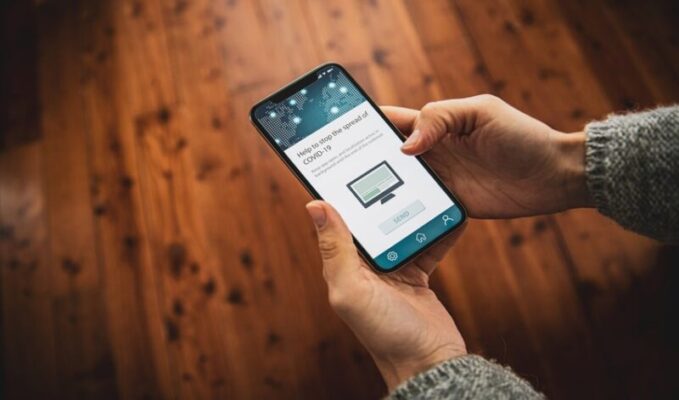These past few months, the number of people infected by COVID-19 has continued to grow. Indeed, what started as 500 patients in early March has quickly ballooned to more than 4.5 million cases. While there are several factors at fault for this alarming spread, the primary reason is how people are usually unaware of whether they’ve been in contact with someone who has the virus or not. This is especially true when you’ve been in the proximity of asymptomatic patients, who aren’t even aware that they’re a carrier until much later.
Fortunately, with recent innovations, we may finally be a step closer to containing the virus — or, at least, lessening the number of added cases — in the coming months.
What is ENS?
The Exposure Notification System (ENS) is a contact tracing app developed by Google and Apple, which aims to help public health authorities minimize the spread of the virus. It was developed under the guidance of global health authorities like the Centers for Disease Control and Prevention, the Association of Public Health Laboratories, and the Public Health Informatics Institute of the Taskforce for Global Health.
Initially launched last May, the app is now used in 22 different countries including Canada and select places in Europe. Developers from both companies have recently announced plans to roll it out in the US within the “coming weeks.”
How Does It Work?
The ENS app checks whether your iPhone has been in contact with a COVID-19 patient’s smartphone recently. Modern power delivery system design allows multiple transistors on a single integrated circuit, making it possible for smartphones to create signal outputs within a designated radius of its user. ENS registers devices owned by patients who tested positive and sends a notification to those who came into contact with their smartphones within a set radius during days when they were likely already infected.
The phone then outlines a “what to do next” call to action, which includes locations and nearby facilities where you can get tested.
The Issue with ENS
While a groundbreaking innovation, plenty of users have expressed their concern about its security. After all, the developers will need access to everyone’s device application programming interface (API) or your phone address to send accurate readings.
However, Apple assures that its APIs can only be used by public health authorities. Furthermore, the ENS app can only read other smartphone’s “beacons” (or signal sources), and no identifiable information is included. Still, it might help to install apps that protect your identity like Identity Guard to bolster your device’s defenses.
The Future of ENS
Right now, the biggest hurdle to ENS’ adoption is its exclusivity for the iPhone. This is understandable, as iOS is one of the few operating systems to have end-to-end encryption installed. This is what makes even text messages sent through the device inaccessible to the tech company itself. However, some of the newer Android devices like the Samsung Galaxy 8 and its higher models, as well as the Google Pixel lines, are now encrypted by default. Perhaps in the next few months, ENS could potentially make its services accessible to these modern smartphones.
Read Dive is a leading technology blog focusing on different domains like Blockchain, AI, Chatbot, Fintech, Health Tech, Software Development and Testing. For guest blogging, please feel free to contact at readdive@gmail.com.





